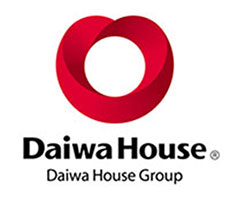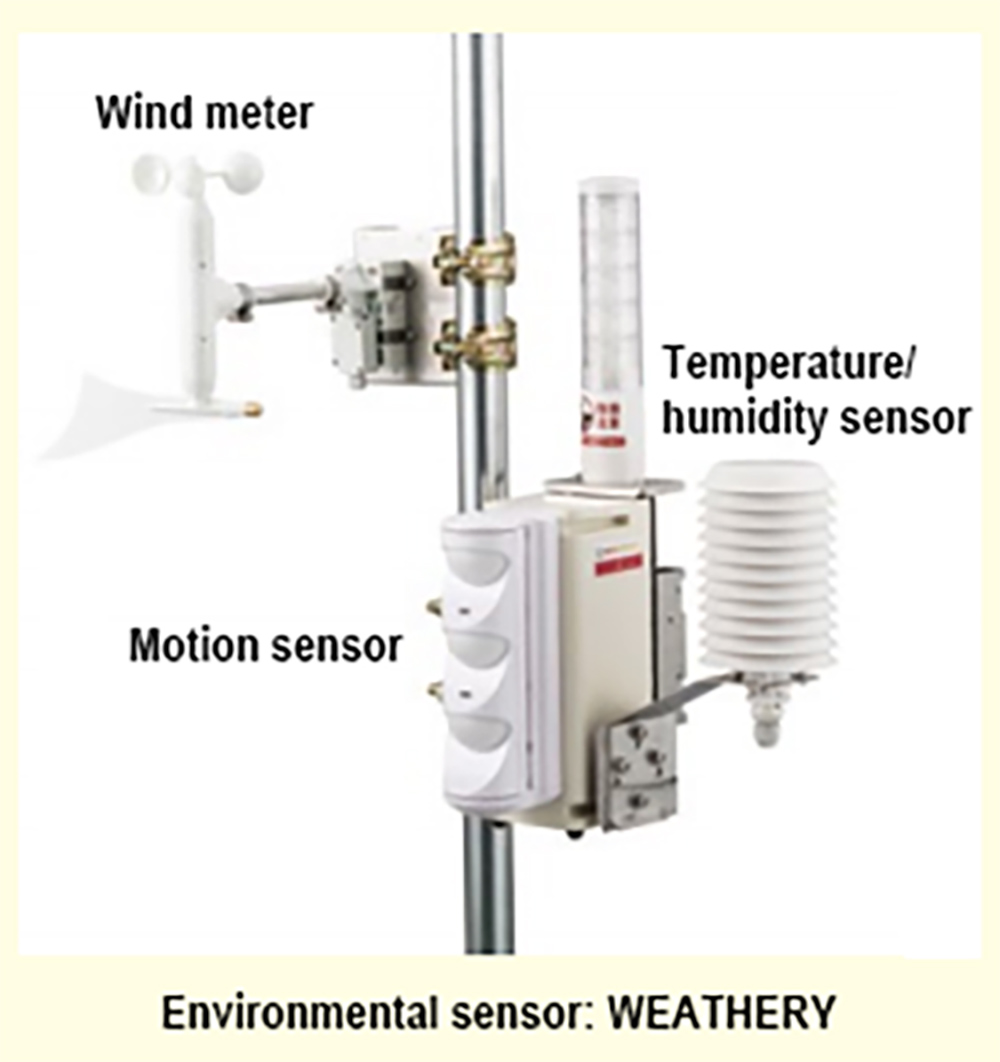Footnote
(Note 1) The ultimate goal for "mitigating and adapting to climate change" is set at 2050.
Heatstroke Prevention and Risk Reduction Using Environmental Sensors
Daiwa House Industry Co., Ltd.
| Update | February 24,2022 |
|---|---|
| Publication date | July 25, 2018 (Posted on June 1, 2022) |
| Sector | Human Health, Industrial and economic activities |
Company Overview

Since its establishment in 1955, Daiwa House Industry Co., Ltd. has been constructing buildings as “a group that co-creates value for individuals, communities and people’s lifestyles.” We have been constructing a wide range of buildings including detached houses, rental housing, condominiums, commercial facilities, distribution facilities, medical and nursing care facilities, and corporate facilities, while also operating hotels, home centers, and sports clubs. Looking ahead to the company's 100th anniversary in 2055, we have formulated our long-term environmental vision, "Challenge ZERO 2055" (Note 1), and we are aiming to achieve zero environmental impact. We are also accelerating our environmental efforts by joining RE100, EP100, and SBT, as the first company in the world from the construction and housing industries.
Adaptation Initiatives
The air temperature and the number of extremely hot summer days are more likely to rise due to climate change, increasing the risk of heatstroke. Daiwa House owns a number of construction sites where outdoor work is performed, and it is important to take appropriate actions to protect the health of its staff and that of partner companies from heatstroke.
Therefore, the company is working with partner companies to set up break areas that provide shelter from sunlight, stocking drinking water and beverages, and to provide training on heatstroke prevention.
Daiwa House has also been involved in the joint development of environmental sensors called WEATHERY with its partner company, and has installed them at about over 1400 construction sites since 2016. The environmental sensors consist of three different sensors: a temperature/humidity, a wind speed, and a motion sensor for security. Once it detects temperature, humidity, and/or wind speed exceeding the reference value, the sensor will warn workers with indicating lights and concurrently sounds and notify the administrator by email. This allows the company to prevent incidents and take action in the early stages.


